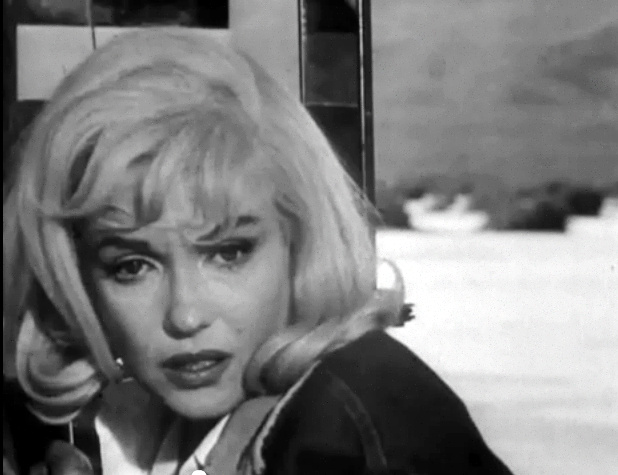Bob Kane created Batman in 1939 as a way to fulfill the public’s need for more comic book superheroes in the wake of Superman. And, by 1943, Batman made his way from pulpy print to the screen for first time.
In this video tribute to the many looks of Batman through the ages, Jacob T. Swinney advances chronologically, but also thematically, focusing on the interplay between Batman and his sidekick Robin; the fetishization of Batman’s tool belt; and the evolution of his costume from fabric (his classic look up through the ’80s) to the BDSM-inspired rubber outfits that have lasted since Michael Keaton donned the solid black get-up through Christian Bale’s interpretation. (It does seem that Ben Affleck’s version will not deviate from this course, but add some armor. He will also continue to perch on top of spires and tall buildings and stand watch over the city.)
The other evolution worth noticing is in Batman’s voice, and what it says about America’s relationship with authority. In the early serials up through Adam West’s iconic TV version, Batman speaks in clipped but enunciated tones, somewhere in the region of newscasters and G‑men. This connects Batman to the detective part of his character and telegraphs his innate goodness. But once Keaton takes on the role, Batman speaks in a low, gravely tone to suit his vigilante ethos, designed for meetings in dark alleys. This is how we want our heroes now.
This “serious” shift takes its cue from Frank Miller’s groundbreaking The Dark Knight Returns comic book, which is ground zero for every superhero film since that wears its gritty realism on its sleeve. This affected speech reaches its fairly ridiculous apotheosis in Christopher Nolan’s The Dark Knight Rises, where both hero and villain are incomprehensible. The only thing left is parody, and that’s how we end this video, with Will Arnett’s voice animating the Lego Movie’s version of the superhero: affected, narcissistic, and believing too much in his own myth.
Related content:
Batman Stars in an Unusual Cartoon Adaptation of Dostoyevsky’s Crime and Punishment
Slavoj Žižek’s Pervert’s Guide to Ideology Decodes The Dark Knight and They Live
The Dark Knight: Anatomy of a Flawed Action Scene
Ted Mills is a freelance writer on the arts who currently hosts the FunkZone Podcast. You can also follow him on Twitter at @tedmills, read his other arts writing at tedmills.com and/or watch his films here.


